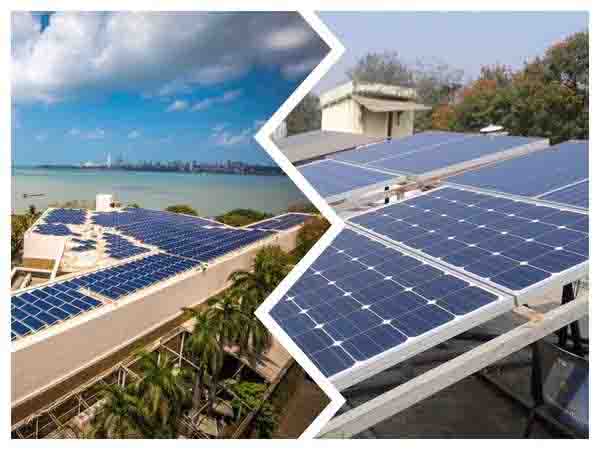Harnessing the Power of Solar Panels for a Sustainable Future
In today's rapidly evolving world, the need for sustainable and renewable energy sources has become more pressing than ever before. Solar panels, often referred to as photovoltaic (PV) panels, are at the forefront of this green revolution. By harnessing the power of the sun, solar panels offer an environmentally friendly and cost-effective solution to meet our energy needs. This article delves into the world of solar panels, exploring their advantages, installation process, and commonly asked questions.

Benefits of Solar Panels:
Renewable Energy: Solar panels rely on the sun's energy, which is an infinite resource, ensuring a sustainable power supply.
Reduced Electricity Bills: By generating your own electricity, you can significantly reduce or eliminate your monthly energy bills.
Environmental Friendliness: Solar panels produce clean energy, reducing greenhouse gas emissions and combating climate change.
Energy Independence: Solar panels give homeowners and businesses the freedom to generate their electricity, reducing reliance on the grid.
Financial Incentives: Many governments and utility companies offer incentives, such as tax credits and rebates, to promote solar panel installations.
Increased Property Value: Homes equipped with solar panels often have higher resale values, making them a smart investment.
The Installation Process:
Installing solar panels involves several key steps, including:
Step 1: Consultation and Assessment
A solar energy professional evaluates your property's suitability for solar panel installation, considering factors such as roof orientation, shading, and available space.
Step 2: Design and Permitting
The solar provider designs a custom system tailored to your energy needs and obtains the necessary permits for installation.
Step 3: Installation
Trained technicians install the solar panels on your roof or in an open space, ensuring optimal sun exposure and structural integrity.
Step 4: Electrical Connection
The solar panels are connected to your electrical system, enabling the generated electricity to power your home or business.
Step 5: Net Metering and Grid Connection
Excess electricity produced by your solar panels can be fed back into the grid, earning credits or reducing future energy bills through net metering programs.
Frequently Asked Questions about Solar Panels:
Q1: How long do solar panels last?
A1: Solar panels typically have a lifespan of 25 to 30 years, but they can continue generating electricity even beyond that.
Q2: Do solar panels work on cloudy days?
A2: Solar panels can still generate electricity on cloudy days, although their efficiency may be reduced compared to sunny days.
Q3: Are solar panels maintenance-free?
A3: Solar panels require minimal maintenance. Periodic cleaning to remove dust and debris, along with occasional inspections, is usually sufficient.
Q4: Can I install solar panels on a flat roof?
A4: Yes, solar panels can be installed on flat roofs using mounting systems designed for this purpose.
Q5: How long does it take to recoup the investment in solar panels?
A5: The payback period for solar panels varies based on factors like electricity usage, installation costs, and available incentives. On average, it ranges from 5 to 10 years.
Conclusion:
Solar panels have revolutionized the way we generate electricity, offering a clean and sustainable alternative to traditional energy sources. With their numerous benefits, from reducing electricity bills to promoting environmental conservation, solar panels are becoming an increasingly popular choice for homeowners and businesses alike. By embracing solar power, we can contribute to a greener future and create a more sustainable world for generations to come. So, consider harnessing the power of solar panels and join the renewable energy revolution today.

Comments
0